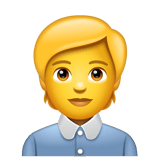About Top-Tier Management Explained
This Trilogy provides you with the complete skillset to lead effectively, think strategically, and drive impact!
From mastering emotional intelligence and performance reviews to leading digital transformation and global teams, this Trilogy covers every topic in actionable, research-backed depth.
We’ve packed 50+ real-world case studies from companies like Google, Apple, Netflix, Satya Nadella’s Microsoft, 3M, Shell, Johnson & Johnson, and more — showing you how top managers think, act, and adapt.
Each volume builds on the next — starting with personal excellence, advancing into team leadership, and culminating in systems thinking and enterprise-wide decision-making.
‘...frontrunner in delivering top-tier digital business resources...’
‘...has been making waves with its flagship product...’
‘...consistent emphasis on simplifying complex business topics...’
‘...shaping the future of digital business learning...’
‘...valuable resource in the ever-evolving world of business education...’
What You’ll Learn Inside Each Volume
Volume 1
Lead Yourself First
Being a top-tier manager starts with managing yourself.
This first volume helps you master the internal game of leadership — building habits, mindset, and clarity under pressure.
You’ll learn:
- Decision-making and resilience under stress
- Leadership mindset, communication, and feedback skills
- Business strategy, marketing thinking, and customer focus
- HR management and people development
If you’ve ever felt stuck, overwhelmed, or underprepared — this is where the reset begins!
Volume 2
From Potential to Performance
Now it’s about execution.
This volume is built for managers ready to deliver results across projects, teams, and systems.
Inside, you’ll get:
- Project and portfolio management frameworks
- Agile, Waterfall, and Hybrid delivery methods
- Innovation management, financial fluency, and risk control
- Workplace communication, negotiation, and conflict resolution
Whether you’re leading initiatives or scaling teams — this is your guide to making impact!
Volume 3
Think Bigger, Lead the Future
Built for strategic thinkers.
You’ll step into high-level management with tools to shape culture, drive change, and manage complexity.
Topics include:
- Change management and organizational development
- Crisis response and resilience planning
- Global leadership, ESG, and ethical management
- Systems thinking, knowledge management, and enterprise scaling
This is where you go from “manager” to multiplier — the person who shapes systems, culture, and long-term success.
Table of contents
Volume 1
Lead Yourself First
Volume 2
From Potential to Performance
Volume 3
Think Bigger, Lead the Future
Part I: Foundations of Management and the 1% Manager Mindset
1.1 Introduction to the 1% Manager Blueprint (Purpose and Overview)
1.2 The 1% Manager Mindset and Core Competencies
1.3 The Global Business Landscape and Management Challenges (VUCA World)
1.4 Evolution of Management Thought: From Classical to Modern
1.4.1 Classical & Scientific Management Theories (Taylor, Weber, Fayol)
1.4.2 Human Relations Movement and Behavioral Theories (Mayo, Maslow, McGregor)
1.4.3 Systems and Contingency Theories
1.4.4 Modern Management Trends (Lean, Agile, Design Thinking)
1.5 Roles and Responsibilities of Managers at Different Levels (Entry, Middle, Executive)
1.6 Essential Managerial Skills (Communication, Decision-Making, Strategic Thinking)
1.7 Decision-Making and Problem-Solving Frameworks
1.7.1 Behavioral Economics and Cognitive Biases in Decisions
1.7.2 Data-Driven Decision Making and Analytics
1.8 Case Study: Google’s Project Oxygen – Identifying What Makes a Great Manager
1.9 Case Study: GE’s Crotonville – Pioneering Leadership Development for Elite Managers
Part II: Leadership Mastery and Team Management
2.1 Leadership vs Management: Roles, Differences, and Overlaps
2.2 Leadership Theories and Styles
2.2.1 Traditional Leadership Styles (Autocratic, Democratic, Laissez-Faire)
2.2.2 Situational and Contingency Leadership Models
2.2.3 Transformational vs. Transactional Leadership
2.2.4 Servant Leadership and Modern Approaches (Authentic, Inclusive Leadership)
2.3 Visionary Leadership: Crafting and Communicating Vision and Strategy
2.4 Emotional Intelligence and Empathetic Leadership
2.5 Building and Leading High-Performance Teams (Motivation and Team Dynamics)
2.6 Influence, Power, and Organizational Politics
2.7 Coaching and Mentoring for Talent Development
2.8 Leading Remote and Hybrid Teams (Trust and Accountability from Afar)
2.9 Adapting Leadership Styles Across Cultures (Cultural Intelligence)
2.10 Leading Through Change and Uncertainty
2.11 Case Study: Satya Nadella at Microsoft – Driving Cultural Change with Transformational Leadership
2.12 Case Study: Zhang Ruimin at Haier – Pioneering a Decentralized Management Model
Part III: Strategic Planning and Business Strategy
3.1 Vision, Mission, and Goal Setting for Organizations
3.2 Environmental Scanning and Business Analysis
3.2.1 External Analysis (PESTEL, Industry Trends, Porter’s Five Forces)
3.2.2 Internal Analysis (Core Competencies, VRIO Framework)
3.3 Formulating Strategy: Competitive Strategies and Positioning
3.4 Strategic Frameworks and Models
3.4.1 Porter’s Generic Competitive Strategies
3.4.2 Blue Ocean Strategy (Creating Uncontested Markets)
3.4.3 Growth Strategies (Ansoff Matrix for Market/Product Expansion)
3.5 Corporate Strategy and Portfolio Management (Diversification, M&A, Alliances)
3.6 Strategy Execution and Alignment (OKRs and Balanced Scorecard)
3.7 Adaptive Strategy and Scenario Planning in Uncertain Environments
3.8 Case Study: Netflix’s Disruption Strategy – From DVD Rentals to Streaming Dominance
3.9 Case Study: Nokia’s Strategic Missteps – Lessons in Failing to Innovate
Part IV: Marketing Management and Customer Focus
4.1 Marketing Strategy and Market Segmentation
4.2 The Marketing Mix (Product, Price, Place, Promotion)
4.3 Brand Management and Positioning
4.4 Digital Marketing and Social Media Strategies
4.5 Customer Experience (CX) and Service Excellence
4.6 Sales Management and Customer Relationship Management (CRM)
4.7 Market Research and Consumer Insights
4.8 Global Marketing and Localization Strategies
4.9 Case Study: Coca-Cola’s Global Marketing – Consistency and Local Adaptation
4.10 Case Study: Amazon’s Customer Obsession – Driving Loyalty through Service
Part V: Organizational Structure and Culture Design
5.1 Organizational Structures and Design
5.1.1 Traditional Structures (Functional, Divisional)
5.1.2 Matrix and Project-Based Structures
5.1.3 Flat, Networked, and Holacratic Organizations
5.2 Organizational Culture Fundamentals (Values, Norms, Beliefs)
5.3 Designing and Shaping Culture (Culture Change Initiatives)
5.4 Diversity, Equity & Inclusion (DEI) – Building an Inclusive Organization
5.5 Case Study: Netflix’s “Freedom & Responsibility” Culture – Empowering Employees
5.6 Case Study: Zappos’ Holacracy Experiment – Redefining Organizational Structure
Part VI: People Management and Human Resources (HR)
6.1 Talent Acquisition and Recruitment Strategies
6.2 Effective Interviewing and Selection Techniques
6.3 Employee Onboarding and Training Programs
6.4 Performance Management and Appraisal Systems
6.5 Employee Training, Upskilling, and Career Development
6.6 Succession Planning and Leadership Development
6.7 Compensation, Rewards, and Recognition Programs
6.8 Employee Motivation and Engagement (Applying Motivation Theories)
6.9 Employee Well-Being and Work–Life Balance Initiatives
6.10 Employee Relations and Conflict Resolution in the Workplace
6.11 Remote Work Policies and Managing Distributed Teams
6.12 Case Study: Unilever’s Global Talent Strategy – Developing Future Leaders Worldwide
6.13 Case Study: AT&T’s Workforce Reskilling – Adapting Skills for the Digital Age
Part VII: Operations Management and Quality Excellence
7.1 Operations Management Fundamentals (Efficiency, Productivity, Value)
7.2 Process Improvement and Lean Principles (Kaizen, Just-in-Time)
7.3 Six Sigma and Total Quality Management (TQM)
7.4 Value Stream Management (End-to-End Value Optimization)
7.5 Supply Chain Management and Logistics
7.5.1 Global Supply Chain Strategies and Challenges
7.6 Technology and Automation in Operations (Industry 4.0)
7.7 Service Operations Management (Managing Service Delivery)
7.8 Sustainable Operations (Green Manufacturing and Supply Chains)
7.9 Case Study: Toyota’s Lean Manufacturing – The Toyota Production System in Action
7.10 Case Study: Walmart’s Supply Chain Excellence – A Key to Cost Leadership
Part VIII: Project, Program, and Portfolio Management
8.1 Project Management Basics (Initiation, Planning, Execution, Closure)
8.2 Traditional Project Management (Waterfall, PMBOK Framework)
8.3 Agile Project Management (Scrum, Kanban and Adaptive Approaches)
8.4 Hybrid Project Methodologies (Blending Agile and Waterfall)
8.5 Program Management – Coordinating Multiple Projects
8.6 Portfolio Management – Aligning Projects with Strategy
8.7 Project Governance and PMOs (Project Management Office)
8.8 Risk Management in Projects (Identifying and Mitigating Project Risks)
8.9 Stakeholder Management and Communication in Projects
8.10 Project Management Tools and Techniques (WBS, Gantt Charts, Software)
8.11 Case Study: NASA’s Apollo Program – A Triumph of Large-Scale Program Management
8.12 Case Study: Boeing 787 Dreamliner – Managing Challenges in a Complex Project
Part IX: Product Management and Development
9.1 Product Management Fundamentals (Roles and Responsibilities)
9.2 Product Strategy and Roadmapping
9.3 Product Portfolio Management (Managing Multiple Products)
9.4 Customer-Centric Design and Design Thinking
9.5 Agile Product Development and Lean Startup Methodology
9.6 Go-to-Market Strategy and Product Launch Planning
9.7 Product Lifecycle Management (Introduction, Growth, Maturity, Decline)
9.8 Metrics and KPIs for Product Success (Customer Acquisition, Retention)
9.9 Managing Product Teams and Stakeholders
9.10 Case Study: Apple’s Product Ecosystem – Integrating Hardware, Software, and Services
9.11 Case Study: LEGO’s Turnaround – Rebuilding an Innovative Product Portfolio
Part X: Innovation Management and Creative Leadership
10.1 Building an Innovation Culture (Encouraging Creativity and Experimentation)
10.2 Types of Innovation: Incremental vs. Disruptive
10.3 R&D Management and New Product Development (NPD) Processes
10.4 Open Innovation and External Collaboration (Alliances, Crowdsourcing)
10.5 Creative Problem-Solving Techniques (Brainstorming, Design Thinking)
10.6 Managing Innovation Projects and Teams (Skunk Works, Incubators)
10.7 Measuring Innovation Performance (KPIs, Innovation Portfolio)
10.8 Scaling Innovation and Intrapreneurship (From Idea to Implementation)
10.9 Case Study: 3M’s Innovation Culture – How 15% Time Spawned Thousands of Products
10.10 Case Study: Lockheed Martin’s Skunk Works – Radical Innovation in Practice
Part XI: Digital Transformation and Technology Management
11.1 Embracing Digital Transformation – Key Concepts and Drivers
11.2 Developing a Digital Strategy (Aligning Tech Initiatives with Business Goals)
11.3 AI in Management – Automation, Decision Support, and Intelligent Systems
11.4 Leveraging Emerging Technologies (IoT, Blockchain, Robotics) for Competitive Advantage
11.5 Data-Driven Management (Big Data Analytics and Business Intelligence)
11.6 Implementing Digital Initiatives (Roadmap, Change Management for Tech Adoption)
11.7 Cybersecurity and Data Privacy for Managers (Protecting Information Assets)
11.8 Building a Digital-Ready Workforce (Skills, Culture, and Change in the Digital Era)
11.9 Case Study: Adobe’s Digital Transformation – From Boxed Software to Cloud Subscriptions
11.10 Case Study: Kodak’s Missed Digital Revolution – The Cost of Failing to Adapt
Part XII: Risk Management and Regulatory Compliance
12.1 Enterprise Risk Management (ERM) Overview and Frameworks
12.2 Identifying and Assessing Risks (Risk Register, Probability/Impact)
12.3 Risk Mitigation Strategies (Avoidance, Mitigation, Transfer, Acceptance)
12.4 Financial vs. Operational Risks (Market, Credit, Supply Chain Risks)
12.5 Regulatory Compliance and Legal Obligations (Industry Regulations, Standards)
12.6 Compliance Management Systems (Policies, Audits, Training)
12.7 Corporate Governance and Internal Controls (Board Oversight, Audit Committees)
12.8 Business Continuity Planning (BCP) and Disaster Preparedness
12.9 Case Study: Volkswagen Emissions Scandal – When Compliance Breaks Down
12.10 Case Study: Barings Bank Collapse – A Cautionary Tale in Risk Control
Part XIII: Finance for Managers
13.1 Financial Literacy for Managers (Understanding Key Financial Statements)
13.2 Budgeting and Forecasting Techniques
13.3 Managerial Accounting and Cost Control (Budget vs. Actual, Cost Cutting)
13.4 Financial Analysis and Decision-Making Tools (ROI, NPV, IRR)
13.5 Capital Investment Decisions (Business Cases and Capital Allocation)
13.6 Cash Flow and Working Capital Management
13.7 Key Financial Ratios and Performance Indicators (ROE, Profit Margin, etc.)
13.8 Case Study: Lehman Brothers Collapse – Lessons in Financial Mismanagement
13.9 Case Study: Apple Inc.’s Cash Strategy – Managing a $200 Billion War Chest
Part XIV: Communication, Negotiation, and Stakeholder Engagement
14.1 Effective Workplace Communication (Clarity, Tone, and Mediums)
14.2 Active Listening and Empathy in Management
14.3 Stakeholder Engagement and Management (Identifying and Satisfying Stakeholder Needs)
14.4 Negotiation Skills and Strategies (Win-Win Negotiation Techniques)
14.4.1 Cross-Cultural Negotiations and Global Deal-Making
14.6 Influence and Persuasion Techniques (Building Trust and Buy-In)
14.7 Case Study: Disney–Pixar Merger – Successful Stakeholder Management and Negotiation
14.8 Case Study: Renault–Nissan Alliance – Managing Cross-Cultural Communication Challenges
Part XV: Change Management and Organizational Development
15.1 Change Management Fundamentals (Why Change Efforts Succeed or Fail)
15.2 Change Models and Frameworks
15.2.1 Lewin’s Three-Stage Change Model
15.2.2 Kotter’s 8-Step Change Process
15.2.3 ADKAR Model for Change Management
15.3 Leading Organizational Change (Creating Urgency and Vision)
15.4 Managing Resistance to Change (Overcoming Obstacles and Fear)
15.5 Communicating Change and Gaining Buy-In at All Levels
15.6 Organizational Development (OD) Interventions (Training, Team-Building, OD Consulting)
15.7 Building Agile and Adaptable Organizations (Developing Change Capability)
15.8 Case Study: IBM’s 1990s Turnaround – A Blueprint for Enterprise Change
15.9 Case Study: Blockbuster’s Demise – Failure to Adapt in a Changing Industry
Part XVI: Business Ethics, CSR, and ESG Principles
16.1 Ethical Decision-Making for Managers (Frameworks for Integrity in Business)
16.2 Creating an Ethical Organizational Culture (Codes of Conduct, Transparency)
16.3 Corporate Social Responsibility (CSR) and Corporate Citizenship
16.4 Environmental Sustainability Practices (The “E” in ESG)
16.5 Social Responsibility and Employee Welfare (The “S” in ESG, Community Impact)
16.6 Ethical Leadership and Corporate Governance (The “G” in ESG, Board Accountability)
16.7 ESG Goals and Reporting (Stakeholder Expectations and Disclosures)
16.8 Case Study: Patagonia – Blending Profit with Purpose through Sustainability
16.9 Case Study: Unilever’s Sustainable Living Plan – Integrating ESG into Strategy
Part XVII: Global and Cross-Cultural Management
17.1 Managing in a Globalized World (Globalization and International Markets)
17.2 Cross-Cultural Management Frameworks
17.2.1 Hofstede’s Cultural Dimensions Theory
17.2.2 Trompenaars’ Seven Dimensions of Culture
17.3 Leading Multicultural and International Teams (Cultural Intelligence in Action)
17.4 Managing International Assignments and Expatriates
17.5 Global Expansion Strategies (Entry Modes: Export, Joint Venture, M&A, Greenfield)
17.6 Case Study: McDonald’s “Glocal” Strategy – Balancing Global Brand with Local Taste
17.7 Case Study: Walmart’s Failure in Germany – Cross-Cultural Missteps and Lessons
Part XVIII: Knowledge Management and Learning Organizations
18.1 Knowledge Management Overview (Capturing and Leveraging Knowledge)
18.2 Tacit vs. Explicit Knowledge (Transferring Know-How in Organizations)
18.3 Knowledge Management Systems and Tools (Intranets, Wikis, Repositories)
18.4 Organizational Learning and Continuous Improvement
18.5 Building a Learning Organization (Senge’s Five Disciplines)
18.6 Communities of Practice and Knowledge Sharing Networks
18.7 Case Study: NASA – Preserving Institutional Knowledge through Lessons Learned
18.8 Case Study: Xerox’s Eureka Database – Harnessing Collective Expertise Globally
Part XIX: Systems Thinking and Complex Problem Solving
19.1 Systems Thinking for Managers (Holistic View of Organizations)
19.2 Breaking Down Silos – Managing Interdependencies Across Departments
19.3 Feedback Loops and System Dynamics (Understanding Second-Order Effects)
19.4 Root Cause Analysis Techniques (5 Whys, Fishbone Diagrams)
19.5 Managing Complexity and Uncertainty (Adaptive Management in VUCA Environments)
19.6 Strategic Foresight and Scenario Analysis (Anticipating Future Trends)
19.7 Case Study: Royal Dutch Shell – Using Scenario Planning for Future-Ready Strategy
19.8 Case Study: Boeing 737 MAX Crisis – The Importance of Systems Thinking in Management
Part XX: Crisis Management and Organizational Resilience
20.1 Crisis Management Planning (Identifying Potential Crises, Creating Playbooks)
20.2 Leadership in Crisis Situations (Decision-Making Under Pressure)
20.3 Crisis Communication Strategies (Transparent Communication with Stakeholders)
20.4 Business Continuity and Disaster Recovery Planning
20.5 Building Organizational Resilience (Anticipation and Adaptability)
20.6 Post-Crisis Analysis and Organizational Learning (Learning from Failures)
20.7 Case Study: Johnson & Johnson’s Tylenol Recall – A Model of Effective Crisis Response
20.8 Case Study: BP Deepwater Horizon – Lessons in Crisis Management and Accountability
Part XXI: Conclusion – Becoming a 1% Manager
21.1 Key Takeaways from the 1% Manager Blueprint
21.2 Embracing Lifelong Learning and Continuous Improvement as a Leader
60 Products Included
All Products Special
Order our bestselling business bundle now and save a whopping $4,269 compared to buying each product separately.
Risk-free Purchase: Full refund within 14 days
Safe and Secure Checkout

This is our LOWEST PRICE EVER - don’t miss out!

Testimonials 
99.4%
Exeptional feedback from our readers
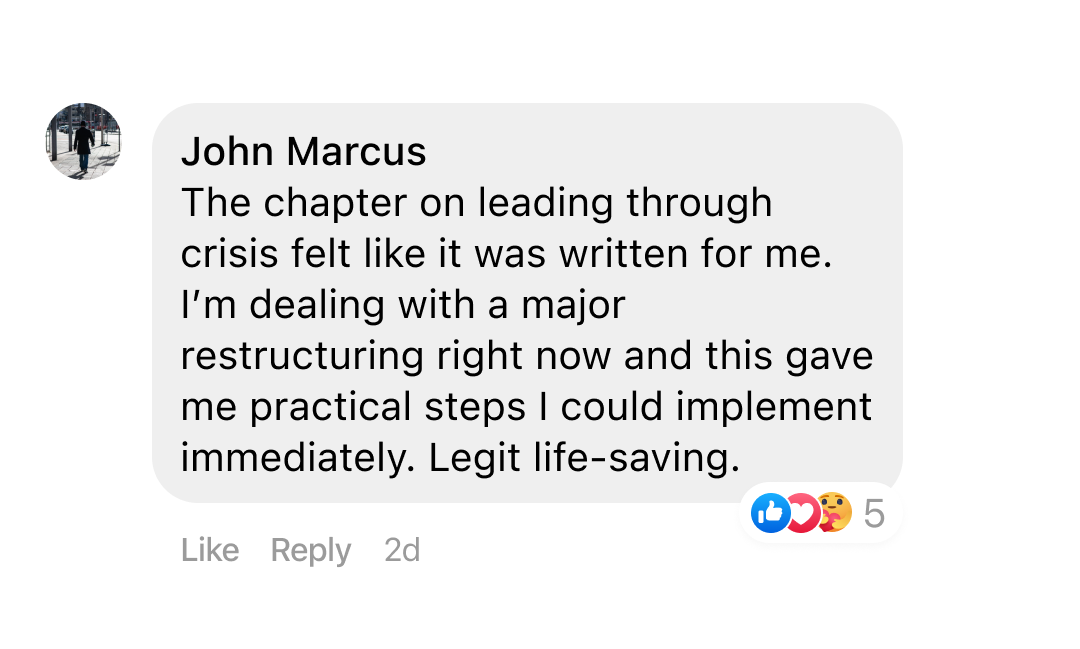
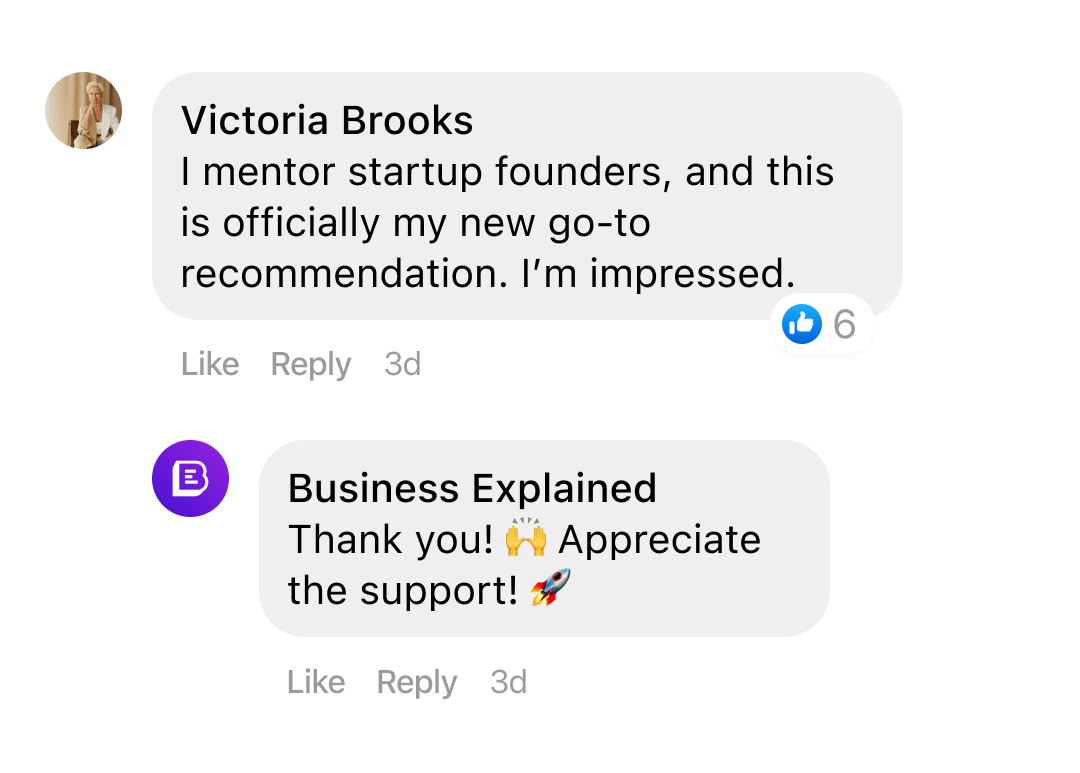

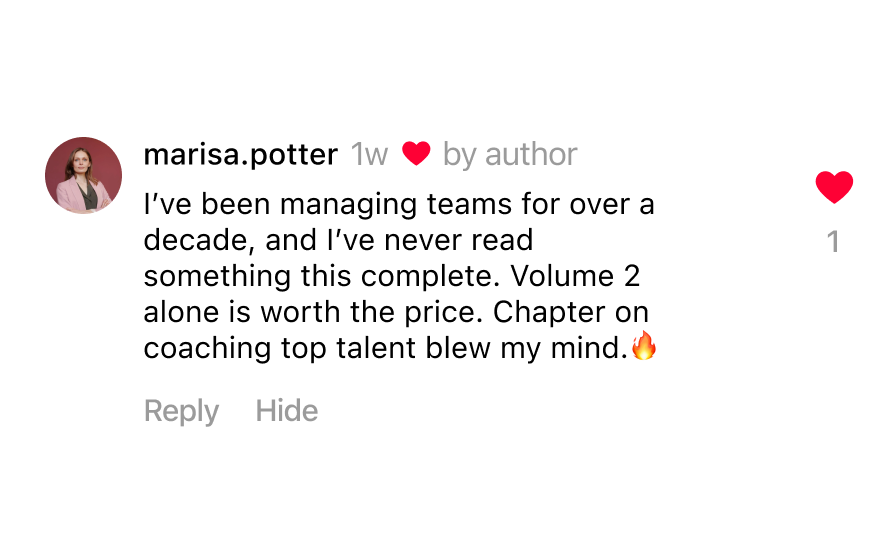


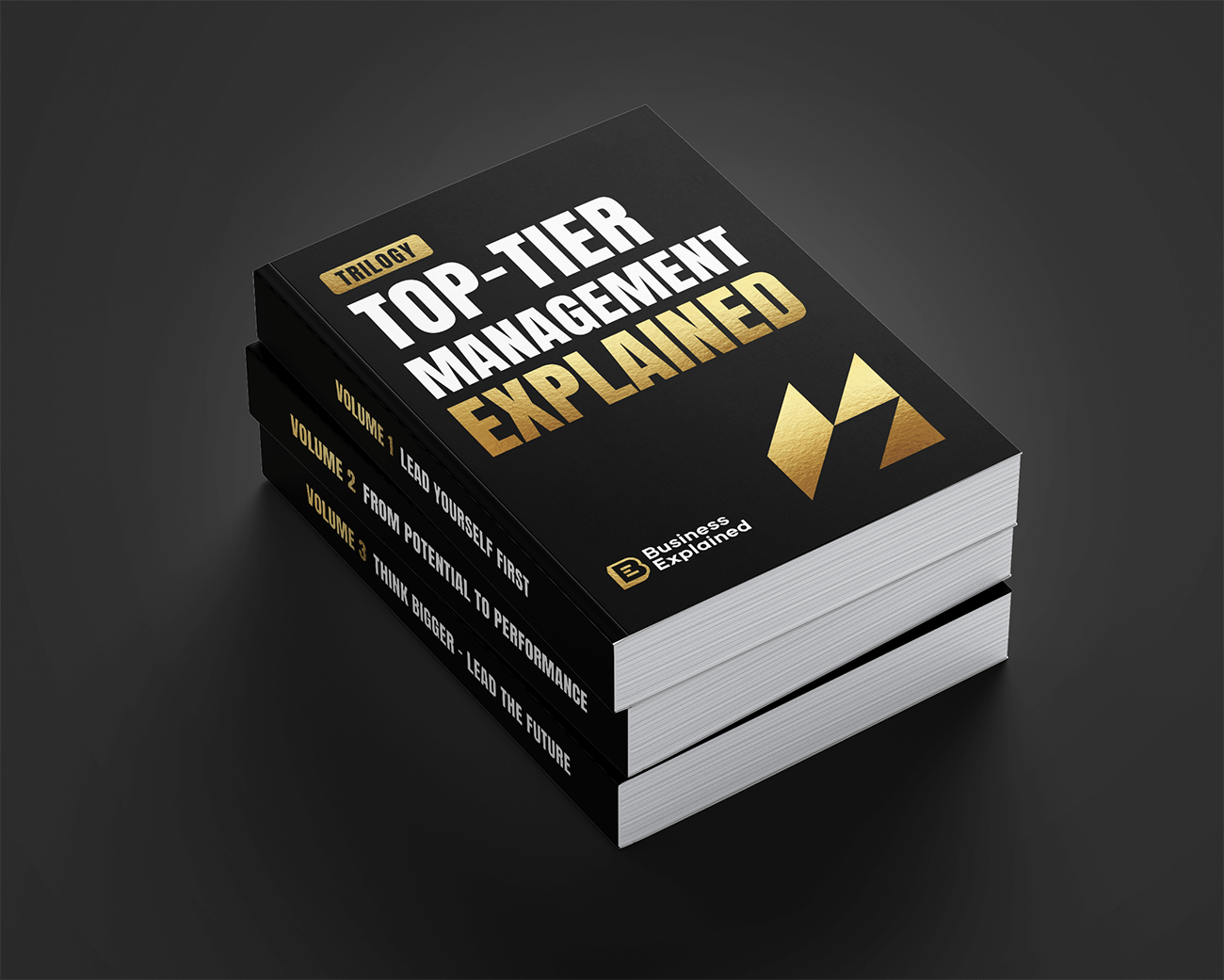
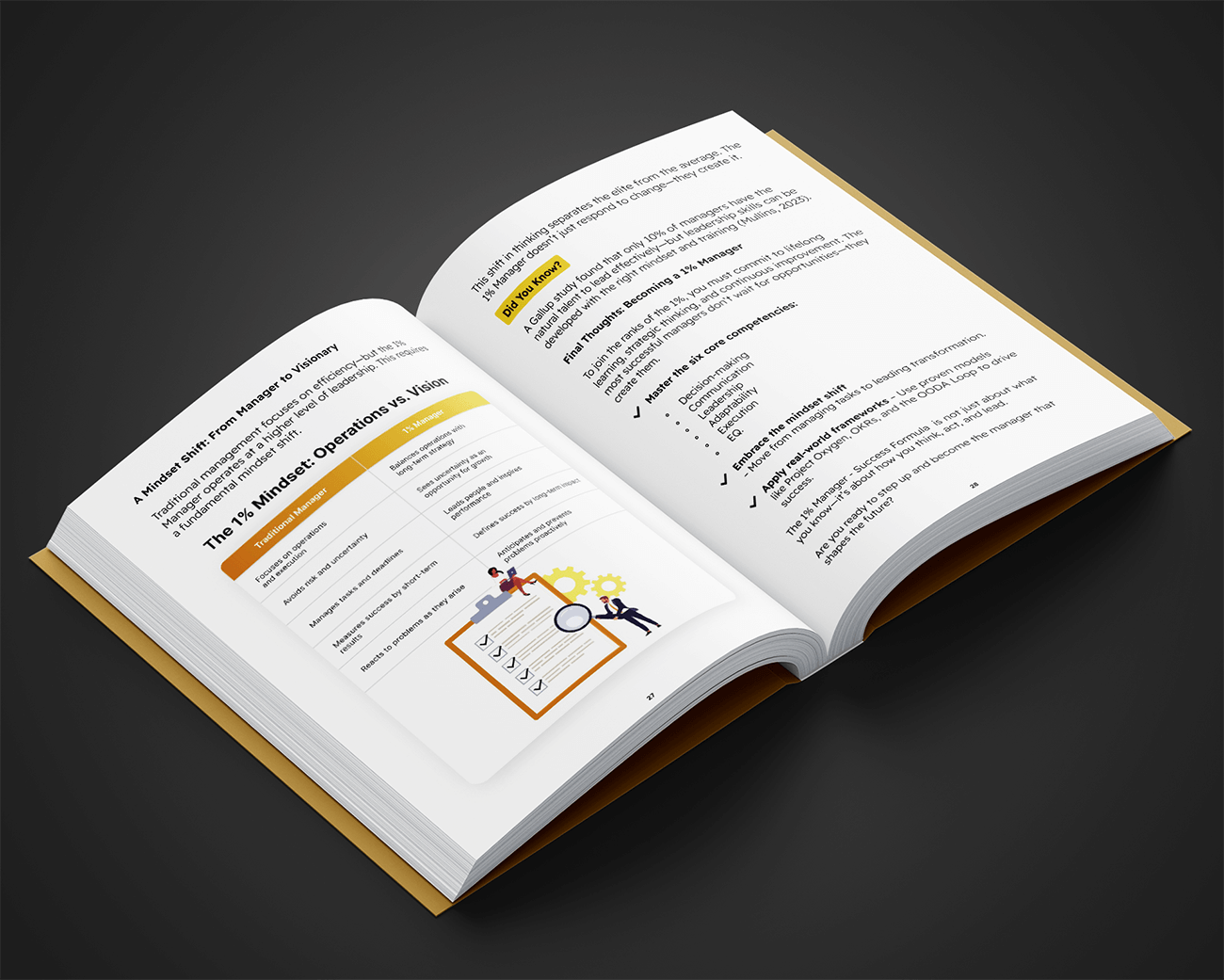
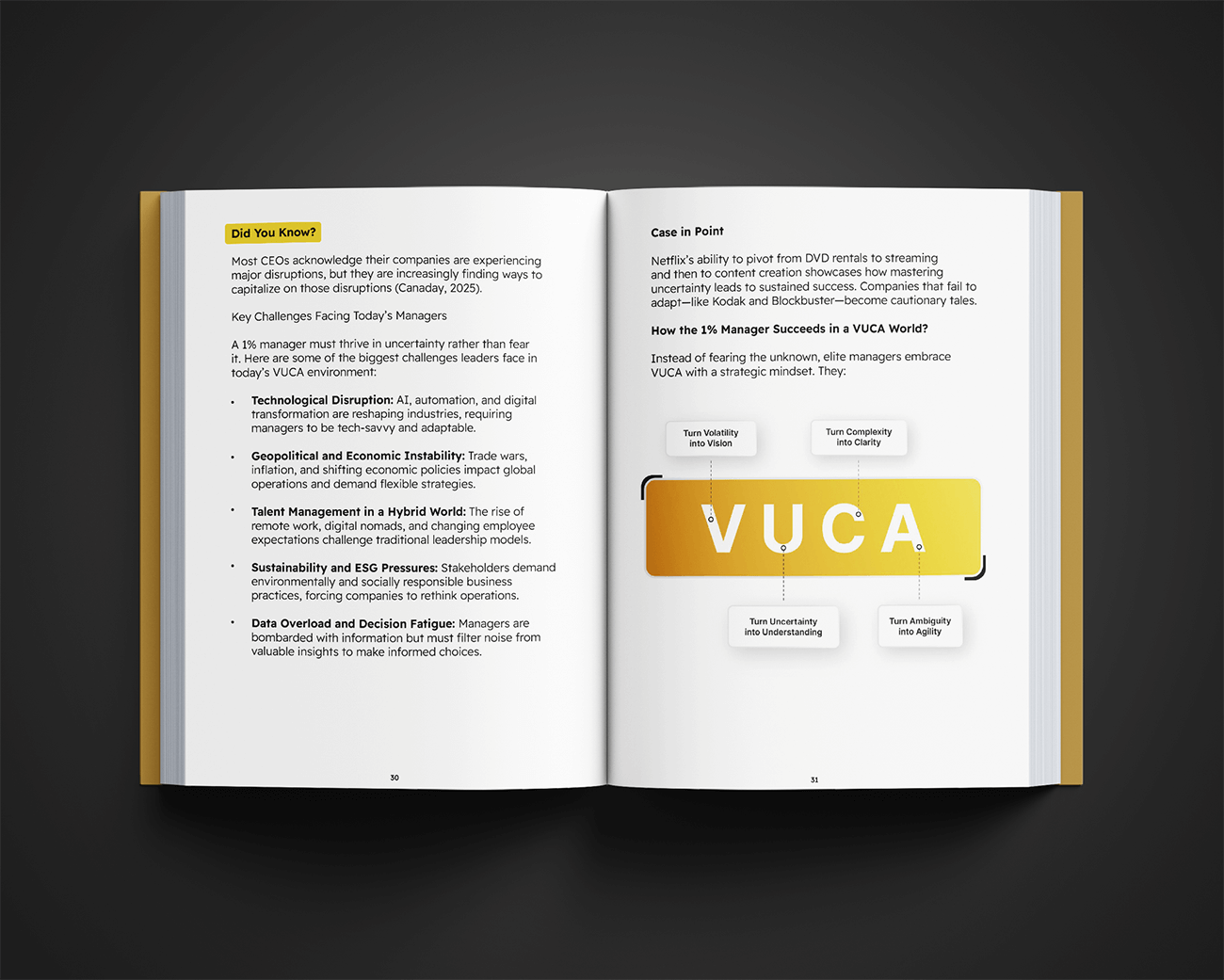
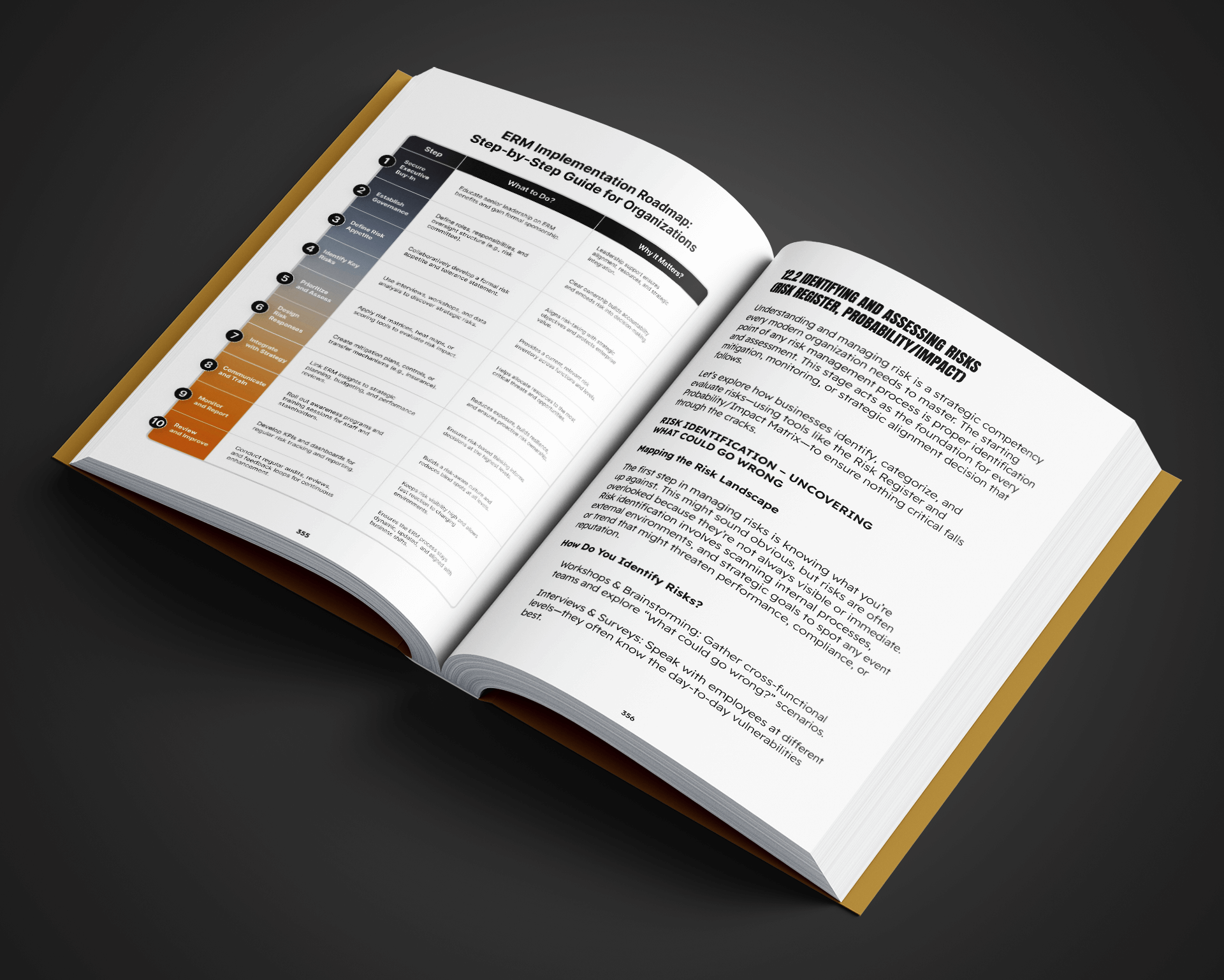
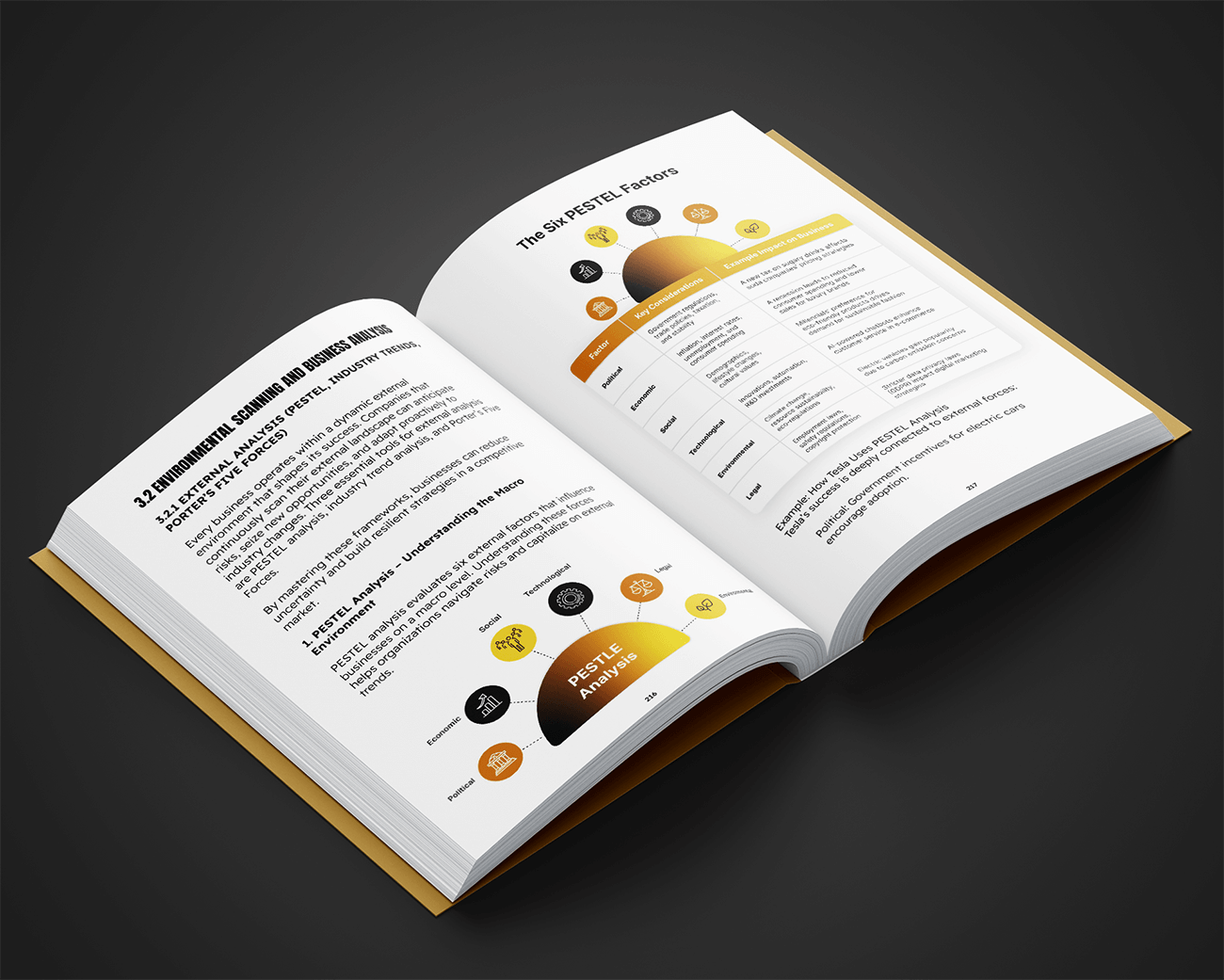

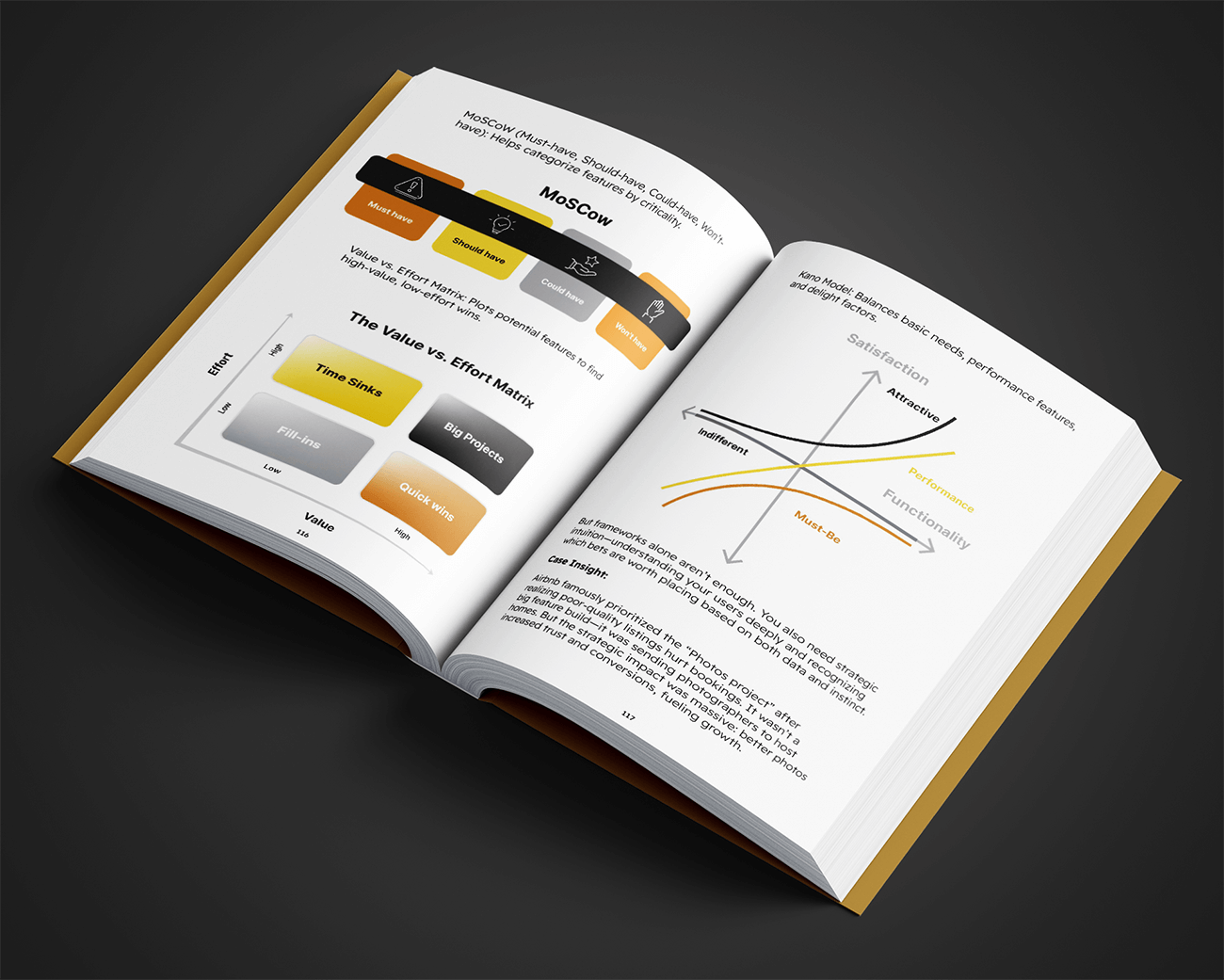
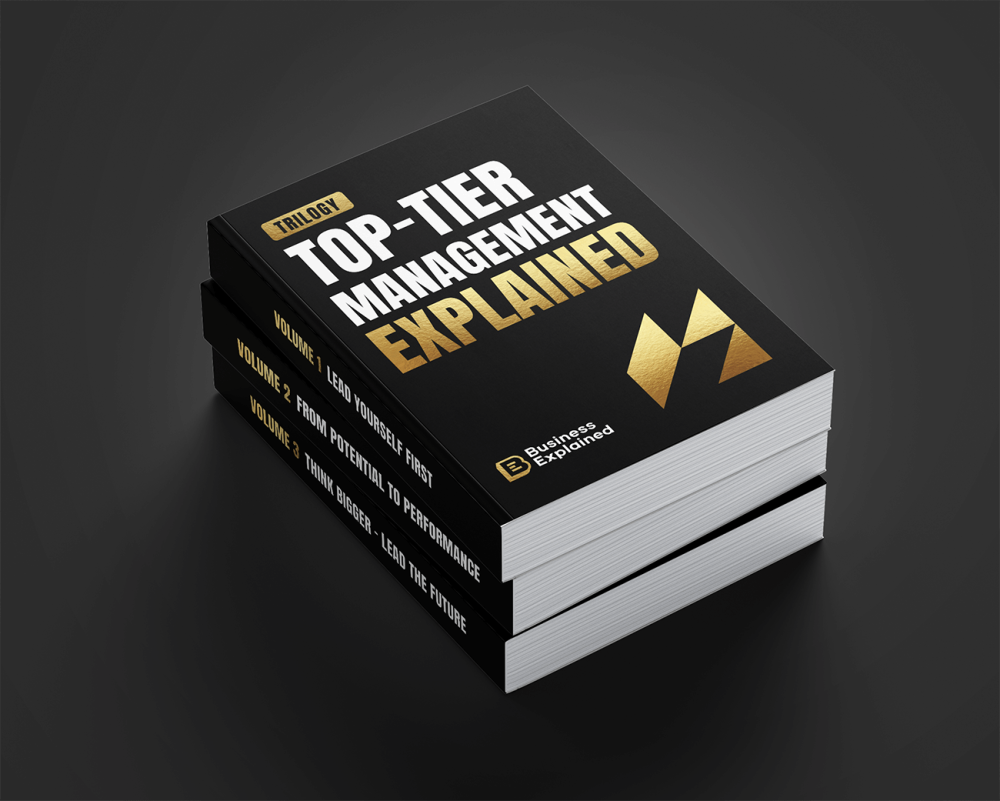
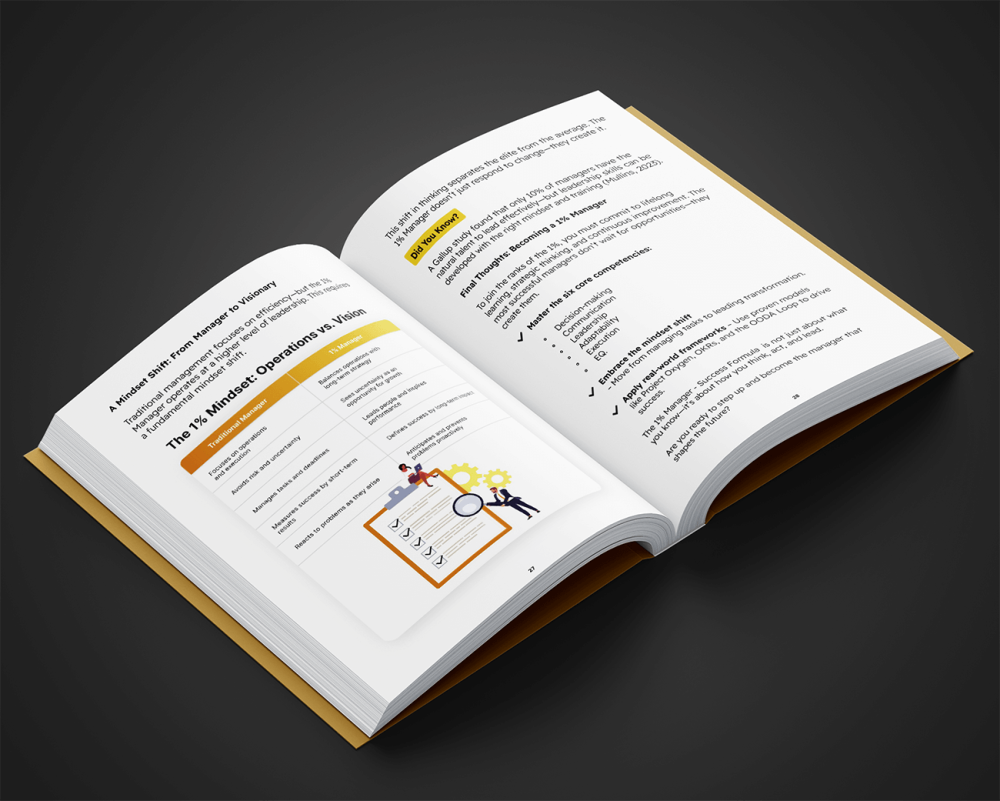
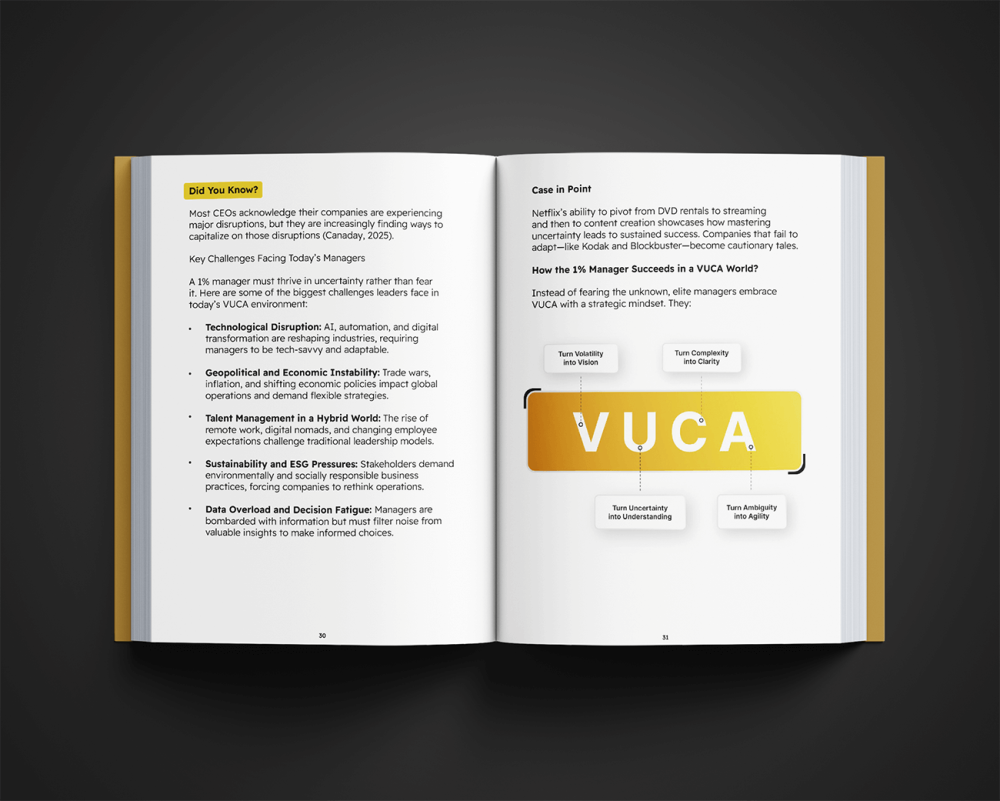
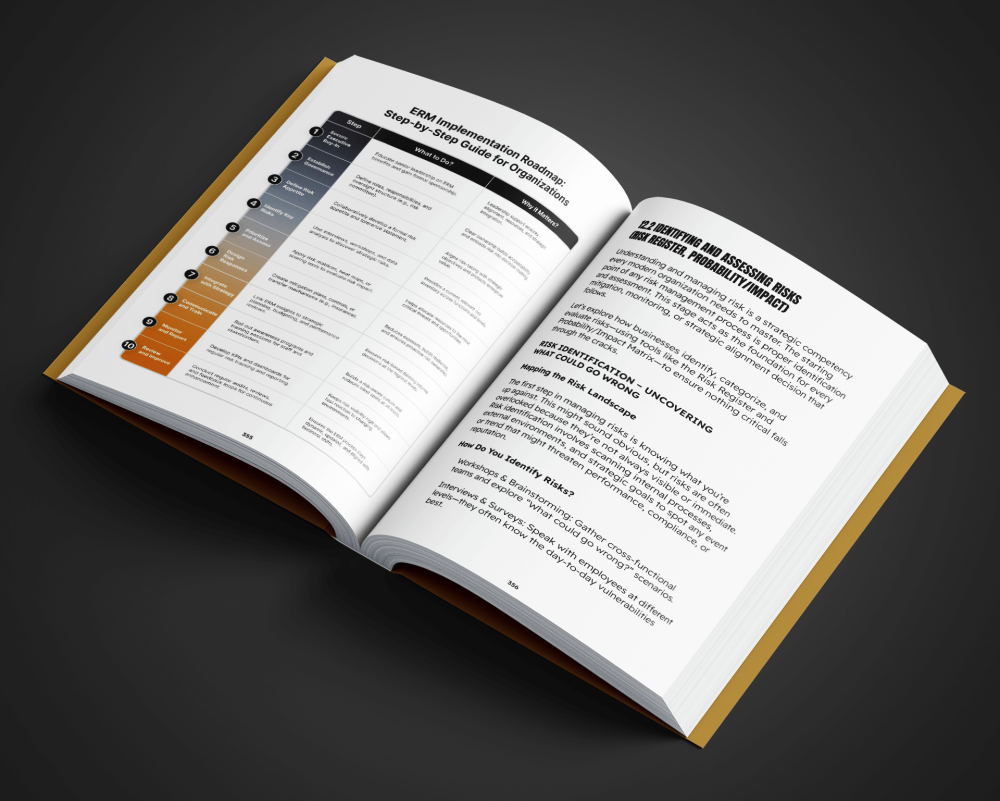
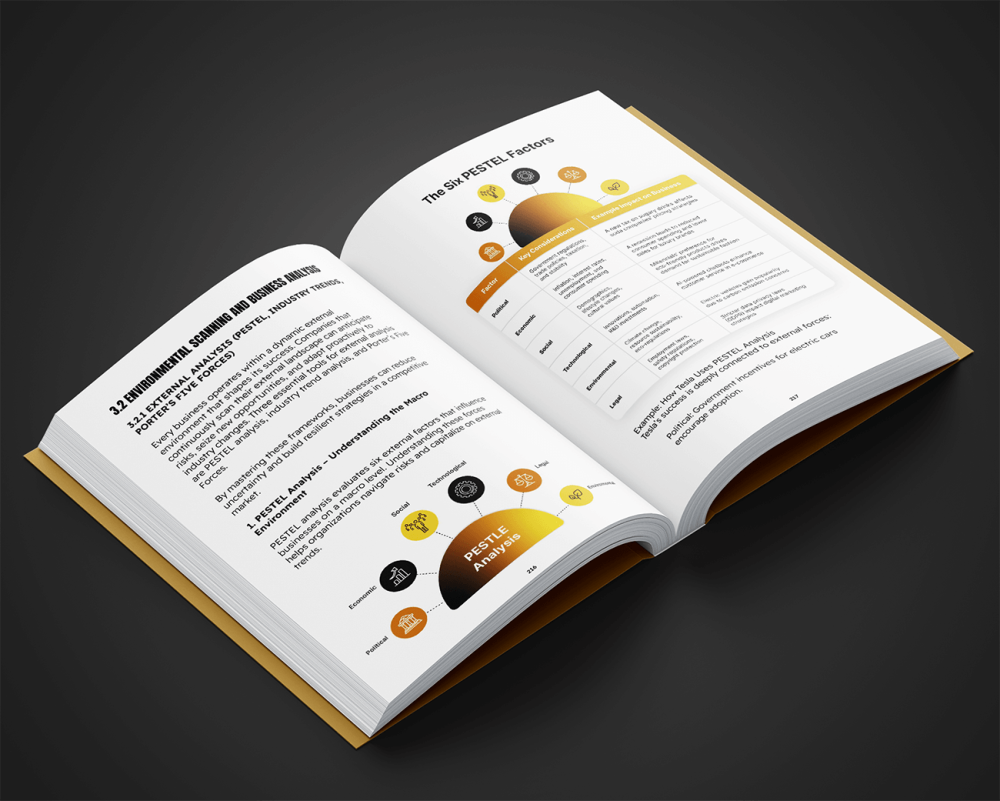
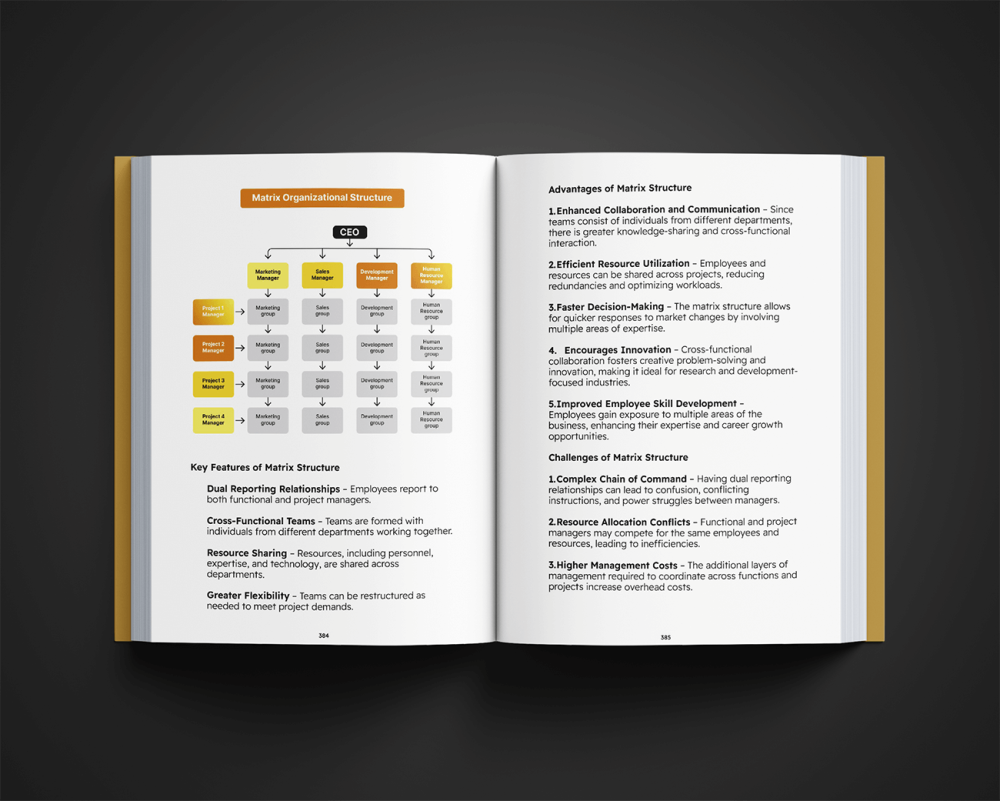
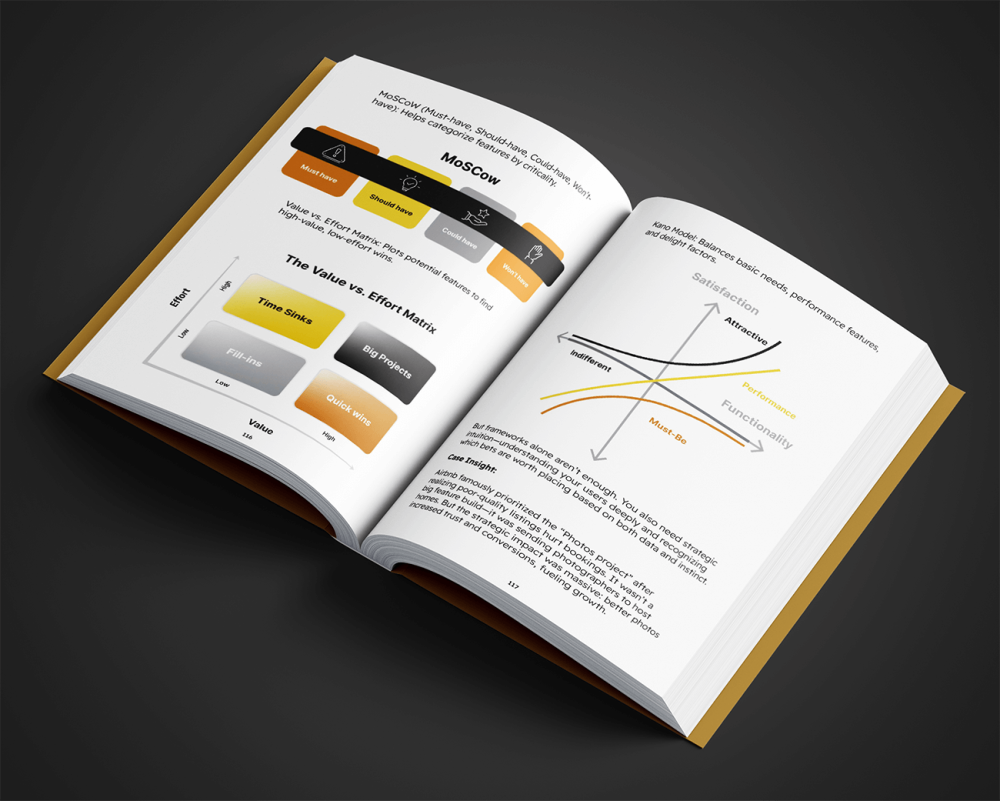
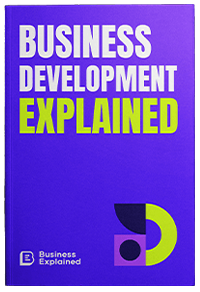
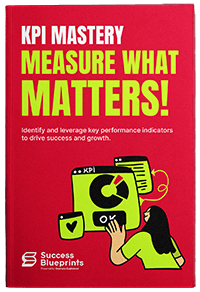


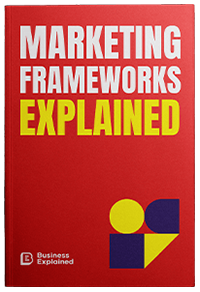
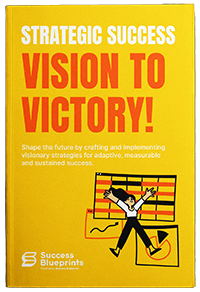
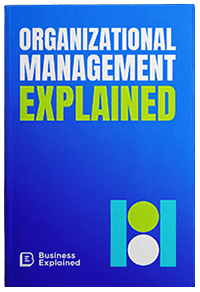
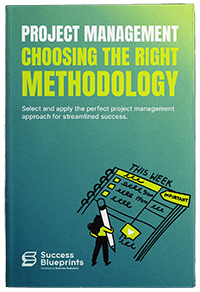
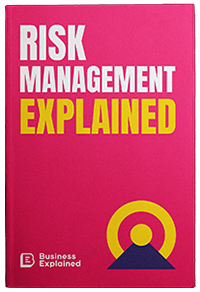

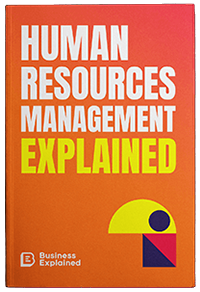
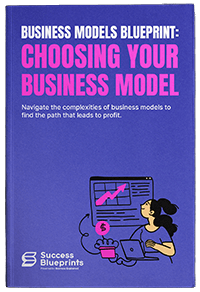


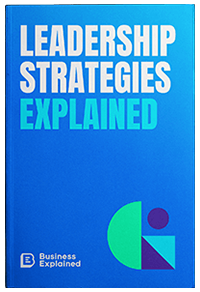
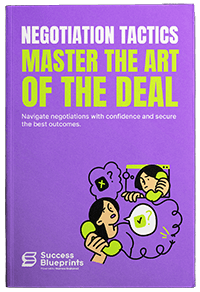
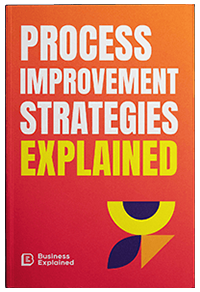


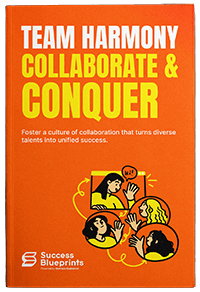

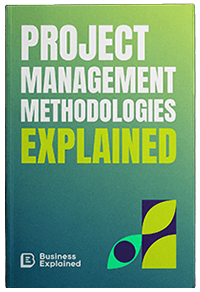




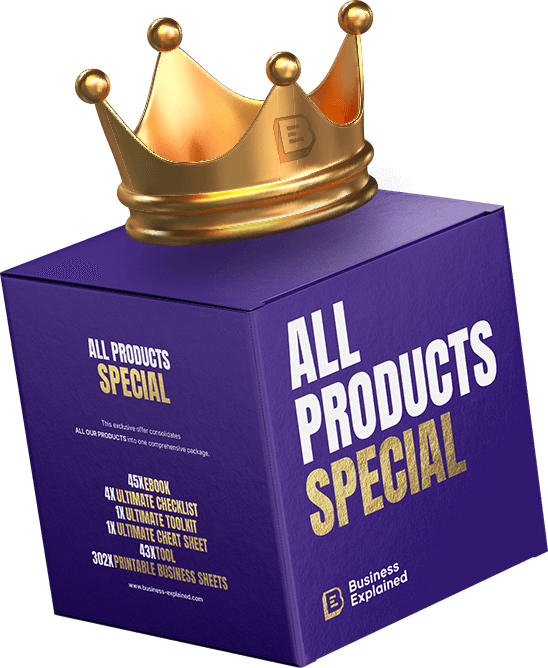
 Risk-free Purchase: Full refund within 14 days
Risk-free Purchase: Full refund within 14 days Safe and Secure Checkout
Safe and Secure Checkout




